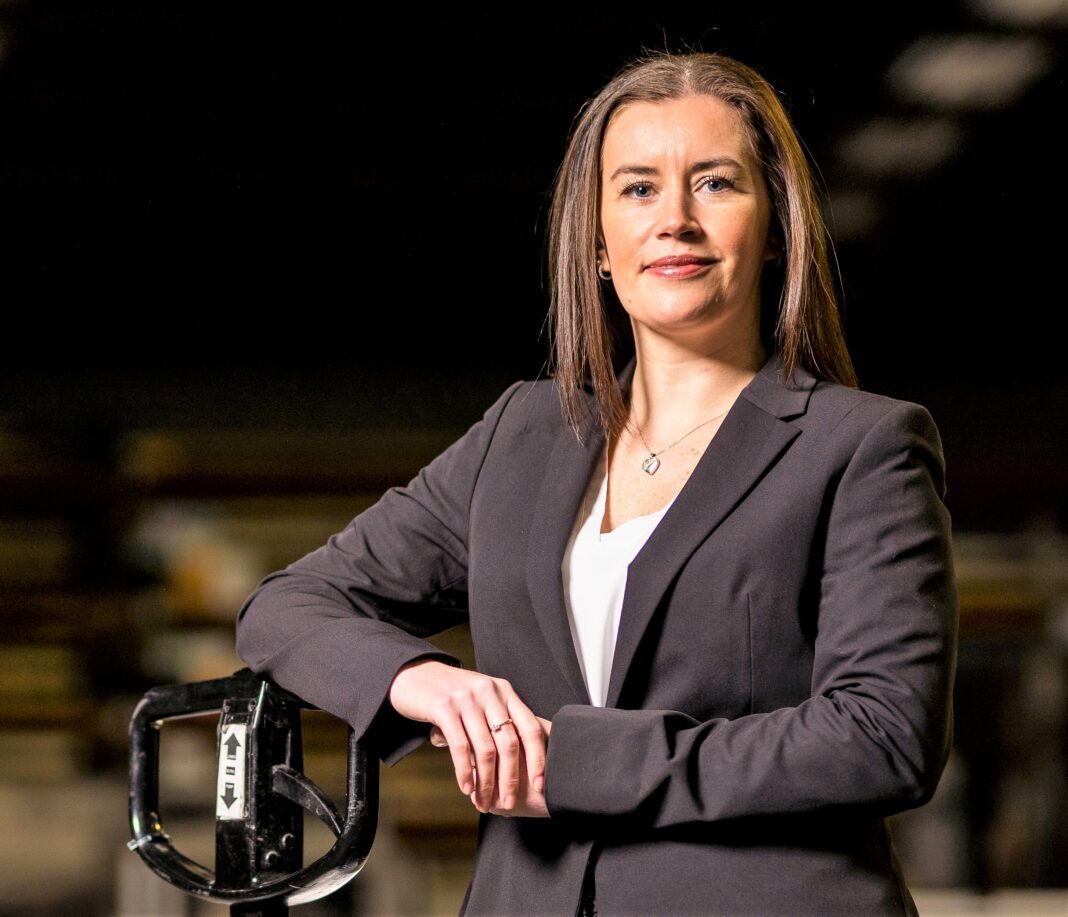
CUMBERNAULD-based MSP has called for better understanding of safety standards needed for powder coated cladding.
The firm warned that a poor understanding of the updated Euroclass fire rating standard is bringing additional ‘cost, confusion and quality issues’ to a sector faced with recladding over 700 high rise buildings in Scotland alone.
Replacing BS476, the European rating system EN13501-1 was updated in 2018 in the wake of the Grenfell Tower tragedy.
MSP explained the revised system splits the best performing rating into A1 and A2 categories, which has caused confusion, especially within the powder coated aluminium cladding sector, according to Gillian Thomson, general manager of MSP. She said, “In recent months, we’re seeing signs that over-specification is becoming a real issue within the building industry. In practice, both A1 and A2 classifications are more than adequate for high rise projects.
“The trouble is that too many developers, insurers and specifiers have not taken the trouble to read and fully understand the regulations and so are not confident about interpreting and following them. In practice, this can lead to a form of Chinese whispers along the supply chain, with calls from the developers for ‘A1 or nothing’ when it comes to cladding. While this A1 mantra sounds laudable in principle, in practice this is causing problems further down the construction supply chain. In fact, this is forcing some suppliers to cut corners to get an A1 rating that in our 25 years’ experience cannot be achieved with a PPC coated aluminium sheet.
“Taking the coating from the recommended minimum of 60µ to 20µ is one route some suppliers have taken to achieve a zero score on the smoke test, pushing it from an A2 to an A1 rating. This approach however leads to problems of quality further down the line. Firstly, the PPC coating simply will not perform in the way it was designed to. The colour and gloss will be dull and inconsistent. Furthermore, within a few years wear and tear will take its toll, creating a shoddy exterior – certainly not lasting the 25 years as required.
“Another way we’ve seen some suppliers achieve A1 rating on PPC cladding is to test it via a specific category within EN13501 reserved solely for ‘non-substantial parts’. Combining other standards such as EN11925 and ISO 1716 calorific value test, this route essentially omits the EN1182 combustibility test – enabling it to gain the A1 rating. While this approach may be within the letter of the law, we are not convinced it is the best way for an industry to maintain trust and credibility. The desire for A1 PPC (when A2 rated cladding is perfectly safe) may be driven by insurers’ attitudes to perceived risk, but this well-intentioned objective is placing unrealistic pressure on some parts of the cladding sector.”











